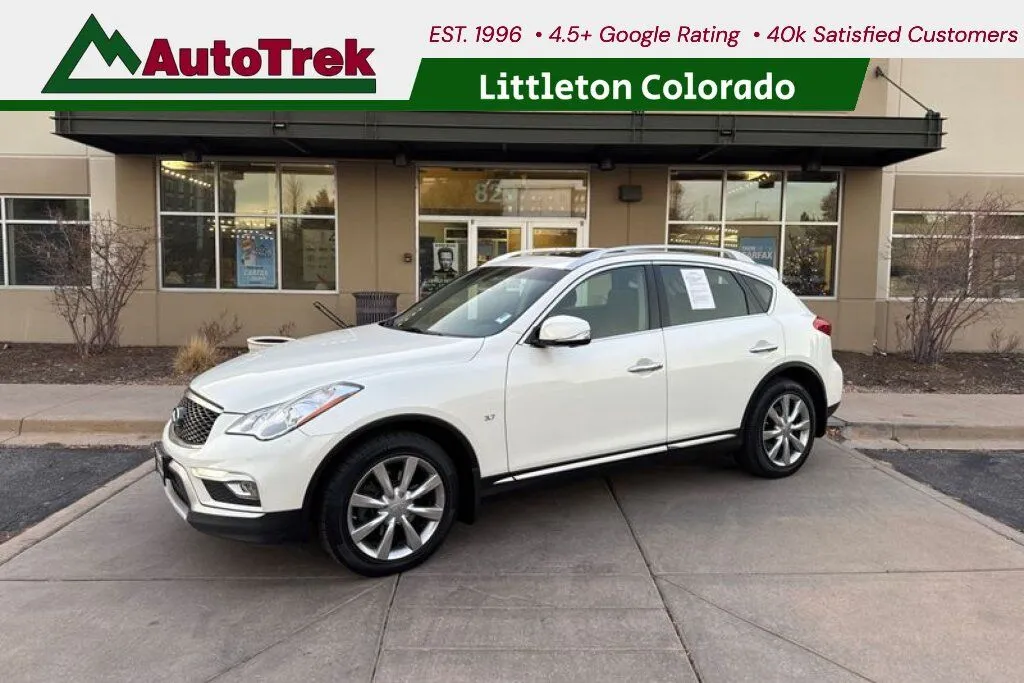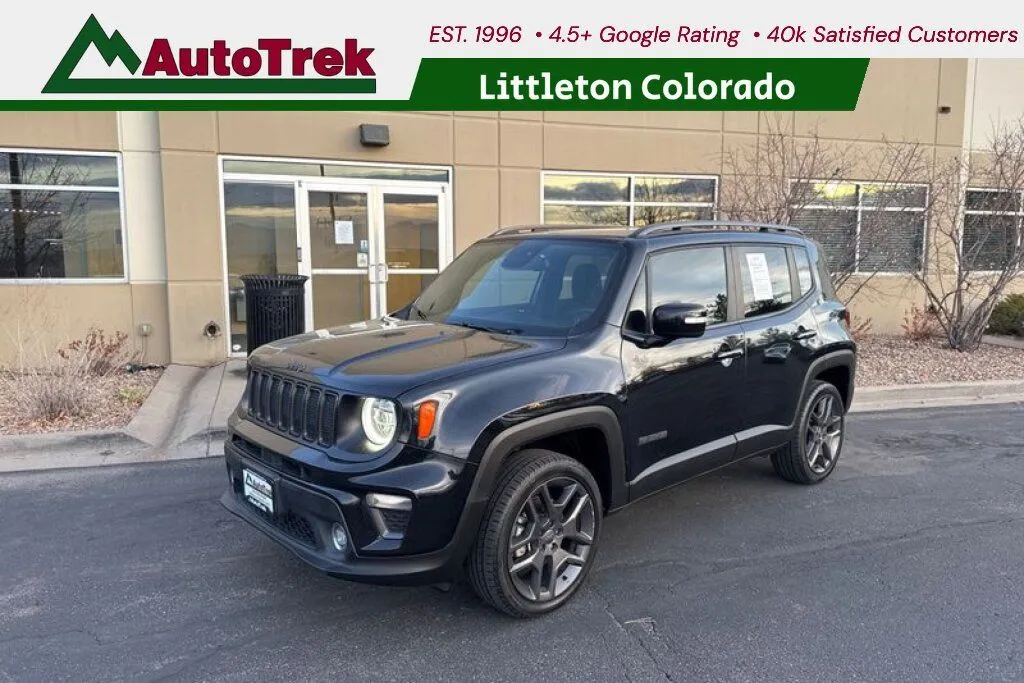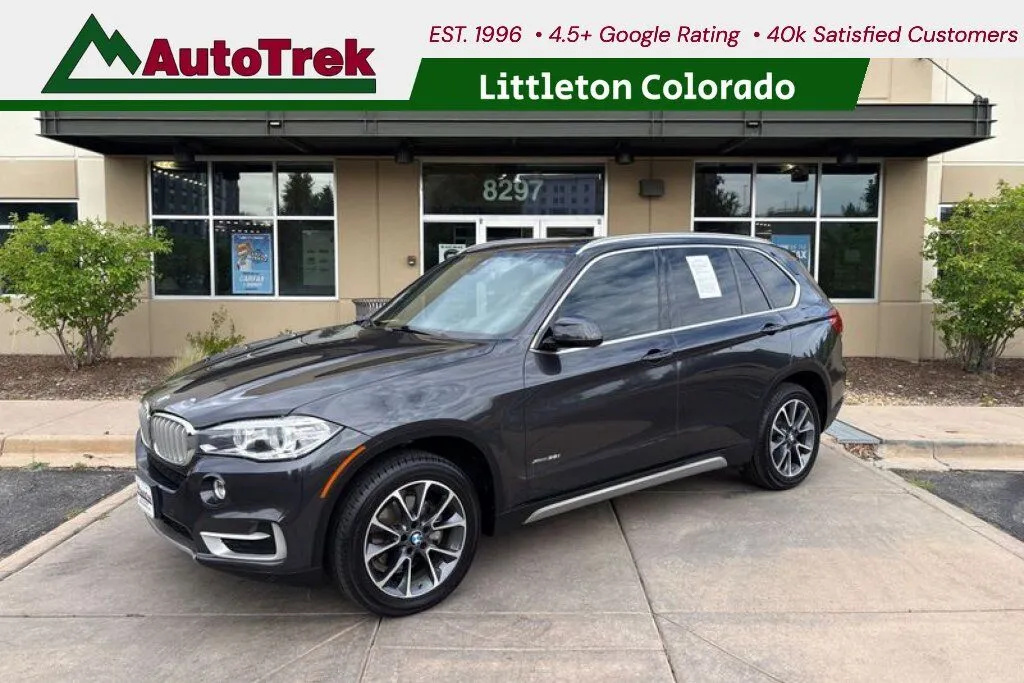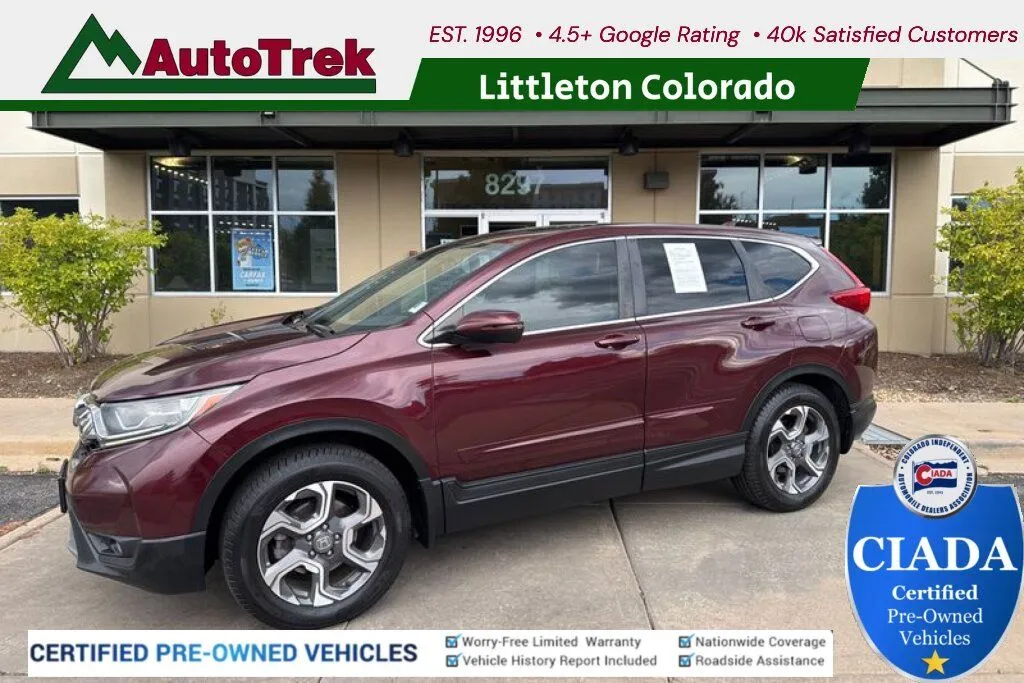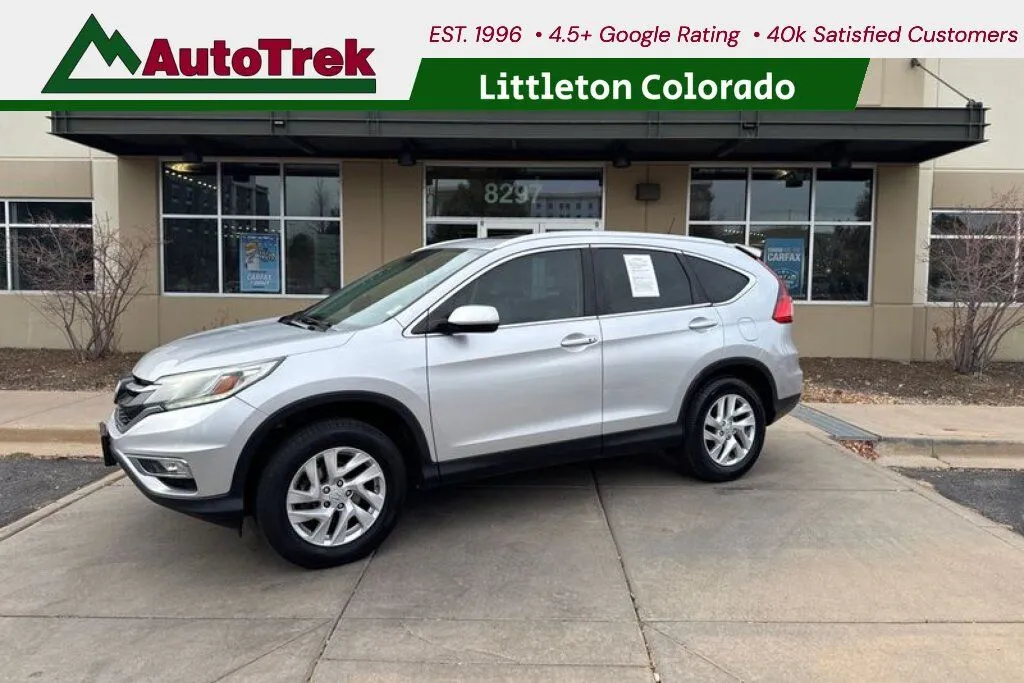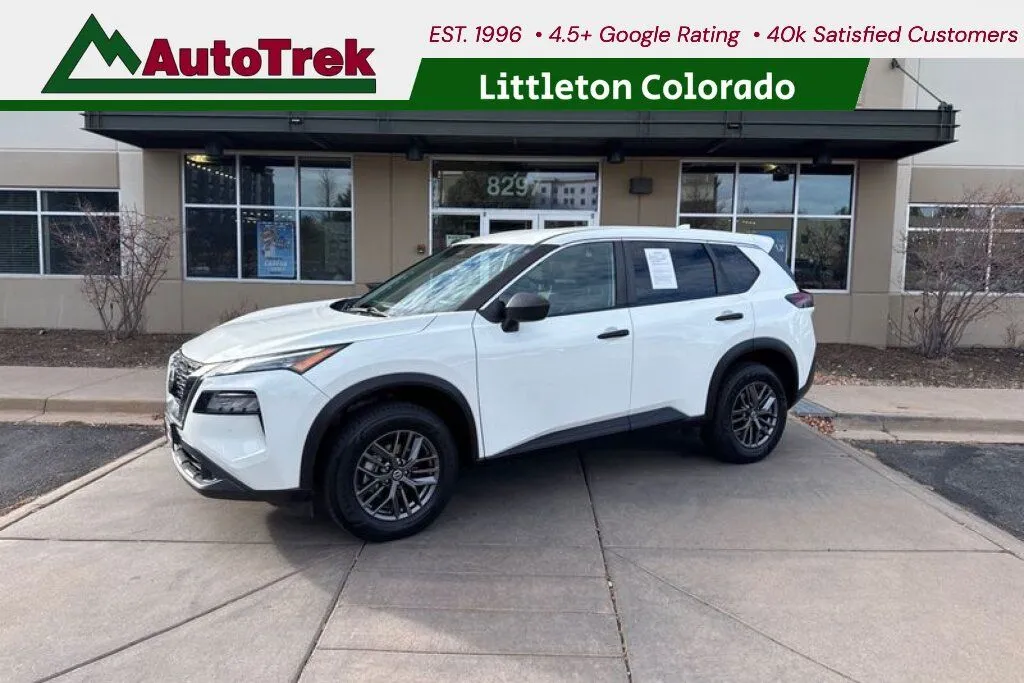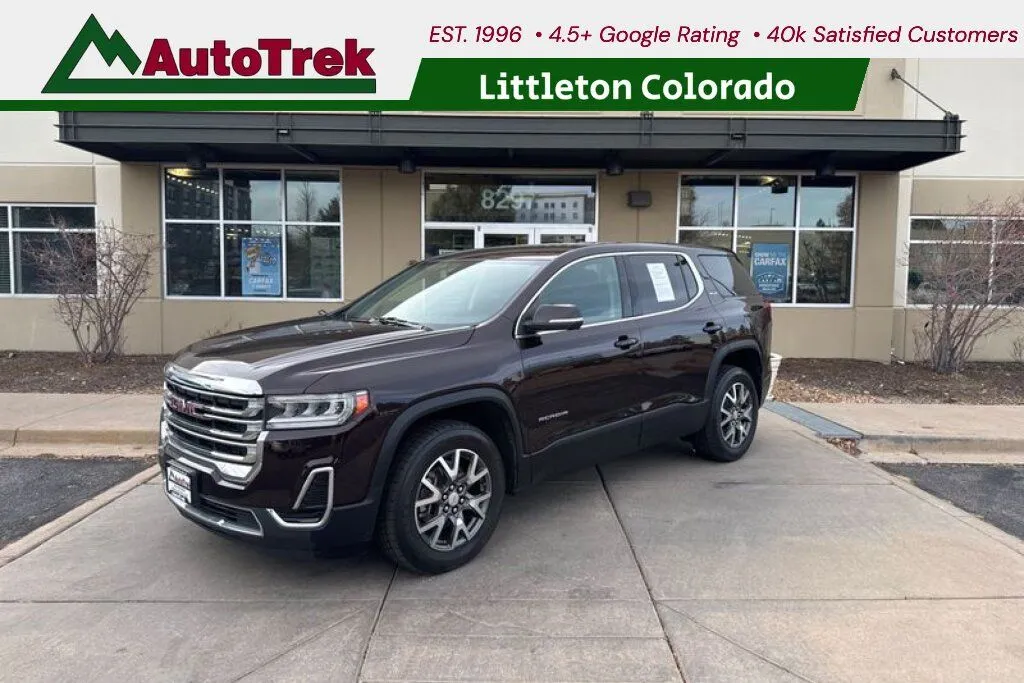Used Car Inspection Checklist: What To Check Before You Buy
Purchasing a pre-owned vehicle presents an exciting opportunity for many Colorado residents seeking a reliable mode of transportation. Smart buyers approach this decision with a solid understanding of what makes a vehicle a sound investment, knowing that careful preparation helps avoid future regrets.
A complete used car inspection checklist serves as a practical guide. It gives buyers the confidence to evaluate a vehicle's true condition before making a final choice. This in-depth review helps uncover potential issues and reveals how well a car has been maintained. Here’s what to check.
Exterior Inspection Steps to Avoid Costly Repairs
Begin with a close visual inspection of the vehicle’s exterior. Look for signs that may point to previous accidents or low-quality repair work. Uneven panel gaps, rippling surfaces, or mismatched paint often indicate bodywork that may not meet original standards.
View the car from different angles and under good lighting, as some imperfections only appear in specific conditions. Examine bumper alignment and check that trim pieces are intact and properly secured. Taking the time to assess the exterior carefully can help avoid unexpected repair costs after purchase.
Check Tire Condition and Tread Depth Properly
Inspect all four tires along with the spare. Look for even tread wear across the surface, which often signals proper alignment and rotation habits. Use a tread depth gauge or the penny test to measure remaining tread and determine whether replacement is needed soon.
Examine the sidewalls for cracks, bulges, or signs of dry rot that point to aging rubber or internal damage. Consistent tire brand, size, and type across all wheels contribute to balanced handling and better safety. Tire condition also reflects the overall maintenance habits of the previous owner.
Inspect All Lights and Signals for Functionality
Test every lighting component inside and outside the car. Start with the headlights, both low and high beams, then check the tail lights, brake lights, turn signals, reverse lights, and hazard flashers.
On the dashboard, watch how indicator lights behave at startup. All warning lights should briefly activate, then turn off once the car is running properly. Fully working lights are essential for both safety and legal compliance, especially during nighttime driving or adverse weather conditions.
Look For Rust or Paint Damage on the Body
Focus on rust-prone areas such as the wheel wells, lower door edges, undercarriage seams, and rocker panels. Surface bubbling under the paint may signal hidden rust developing underneath, which can spread over time.
Check for paint chips, scratches, or fading. Inconsistent color or overspray can indicate previous repairs. While some cosmetic flaws may be minor, others can hint at deeper issues that affect long-term durability or resale value.
Verify Windshield and Window Condition for Cracks
Closely inspect the windshield and windows for any chips, cracks, or deep scratches. Even minor damage can grow worse with temperature changes or vibration, eventually leading to replacement costs.
Operate all windows using power controls and make sure that they open and close smoothly without sticking or excessive noise. If the vehicle has tinted windows, look for signs of bubbling or peeling film, which can obstruct visibility and reduce overall quality. Checking these areas helps avoid later frustration and added expense.
Test Door Locks and Trunk Operation Smoothly
Test each door lock manually and with the key fob to verify all locking mechanisms respond properly. Open and close every door to assess alignment and ease of use.
Check that the trunk opens from both the key fob and the interior release button. Confirm that it stays open without slamming shut and latches securely when closed. Furthermore, inspect the hinges and weatherstripping for signs of wear, corrosion, or damage. Fully functional locks and latches support both daily convenience and the safety of your belongings.
Examine the Suspension System for Wear and Tear
Apply pressure to each corner of the vehicle and observe how quickly it returns to position. The movement should be smooth and controlled, with minimal bouncing.
During a test drive, pay close attention to any clunking, knocking, or creaking sounds when driving over rough roads, speed bumps, or potholes. These noises can signal loose or worn suspension parts.
Look underneath for fluid leaks around the shocks or struts, and inspect components for signs of corrosion or damage. A strong, responsive suspension system directly affects ride comfort, steering precision, and overall vehicle stability.
Inspect Undercarriage for Leaks or Structural Damage
Take a close look at the undercarriage for any signs of fluid leaks, including oil, coolant, or transmission fluid. Examine the frame for rust, cracks, or other signs of structural damage that could compromise safety.
Review the condition of the exhaust system, checking for dents or holes in the pipes or muffler. Don’t forget to inspect drive shafts and rubber boots for cracks or splits. A clean, solid undercarriage is often a sign of consistent and responsible maintenance.
Engine Bay Checklist to Identify Potential Issues
Open the hood and inspect the engine area for leaks, worn belts, or loose hoses. A clean engine bay suggests regular upkeep. Check battery terminals for corrosion and confirm that the battery is secured properly.
Look over electrical wiring for exposed sections or amateur repairs that may compromise safety. This part of the used car inspection checklist offers insight into how well the car was maintained mechanically.
Check Fluid Levels and Look for Leaks
Inspect the engine oil, transmission fluid, brake fluid, coolant, and power steering fluid to confirm each one is clean, properly filled, and free of debris. Unusual colors, burnt smells, or cloudiness can point to mechanical issues or contamination.
Carefully examine fluid reservoirs and connecting hoses for damp spots, stains, or drips. Early signs of leakage may indicate aging components or failing seals. Spotting these problems ahead of time can help you avoid unexpected repairs and protect the long-term health of the vehicle.
Listen For Unusual Noises During Test Drive
As you test drive the vehicle, pay close attention to any odd sounds coming from the engine, transmission, or suspension. Clunking, grinding, whining, or squealing can all point to mechanical problems. Excessive road or wind noise may also suggest poor sealing or alignment issues.
Notice any vibrations through the steering wheel or floor, as these could indicate unbalanced wheels or suspension concerns. These audible signs often reveal hidden problems that merit further inspection.
Test Brakes and Steering for Responsiveness
Evaluate the brakes by applying steady, firm pressure and observing how the vehicle responds. Pulsation, pulling to one side, or delayed braking may signal wear or alignment issues. The steering should feel direct and responsive, with minimal play when turning the wheel.
Be alert for squealing or grinding during braking, which typically means the brake pads are worn. A straight tracking vehicle on a level road is also a positive sign of proper alignment and steering integrity.
Verify All Gauges and Electronics Work Correctly
Check all dashboard gauges, including speedometer, fuel level, odometer, and temperature indicators, to confirm they provide accurate readings. Test electronic features such as the radio, power outlets, navigation system, and infotainment controls to make sure they operate smoothly.
Confirm that the horn, windshield wipers, and washer fluid sprayers work without delay. When starting the engine, all warning lights should briefly illuminate, then turn off. Functional electronics help maintain convenience and awareness while driving.
Interior Inspection for Wear and Functionality Issues
Take time to examine the cabin for damage like torn upholstery, cracked plastics, or missing trim. Check that all seat adjustments, including sliding and reclining functions, move freely and lock into place.
Test seatbelts for secure retraction and reliable latching. Be mindful of any unusual odors, such as mildew or smoke, which can signal deeper concerns. An interior in good condition often reflects consistent care from previous owners.
Check Air Conditioning and Heating System Performance
Turn on the air conditioning at its coldest setting and confirm that cold air flows evenly from all vents. Then test the heating system, looking for steady warm air distribution throughout the cabin.
Listen for any hissing, rattling, or mechanical noises while the systems are running. Cycle through fan speeds and temperature settings to verify accurate response. Reliable climate control keeps the driving experience comfortable year-round.
Review Vehicle History Report Before Final Purchase
Before completing the transaction, carefully review a trusted vehicle history report such as CARFAX or AutoCheck. These reports can reveal prior accidents, flood exposure, salvage titles, or other major red flags. Compare the mileage history for consistency, and check for signs of odometer rollback.
Also, look at the number of previous owners and documented maintenance to understand how the vehicle was treated. A clear and consistent history adds confidence to your decision.
Find Your Next Ride at AutoTrek!
Finding the perfect pre-owned vehicle requires diligent research, and our team at AutoTrek understands this completely. Our dealership offers an impressive selection of used cars, trucks, and SUVs for sale in Littleton, CO, so you can discover the ideal vehicle for your needs and lifestyle.
We also offer certified pre-purchase vehicle inspection in Littleton, CO, providing you with an objective assessment of any vehicle you consider. Contact us at AutoTrek today; we help you drive away happy.



